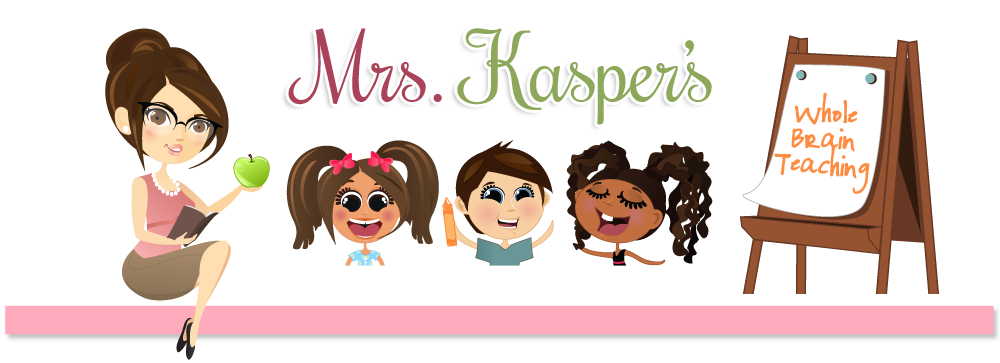Benjamin Franklin said “By failing to prepare, we are
preparing to fail.”
I think this is the perfect quote for teachers who need to
prepare students for standardized state tests.
We teachers had to prepare to take our state certification tests. Most
of us not only obtained college degrees, but also took practice tests and
studied the types of questions we would likely be asked on those state
certification tests. We owe the same
type of test prep to our students. It’s
not enough that they have quality guided, shared and independent reading
experiences. They must also thoroughly
know what types of questions they will encounter during standardized academic
testing.
With that in mind, I studied the “Prove It” webcast #506. Prove It is a game in which students practice
How To Solve a problem, rather than merely coming up with the answer to the
problem. The class earns points for excellent
answers as well as for effort. The points are cashed in at the end of the week
to play Mind Soccer. Ya gotta love it – kids are practicing an academic skill
in order to earn the privilege of playing an academic review game. Awesome!
I began by creating a visual to post to teach my fourth
graders the three types of questions.
This is what I came up with.
I used the 5-step lesson plan format to teach the three
types of questions. My students love the
5-step lesson plan format. When we begin each lesson, they are fully engaged,
and I know each student is learning.
I also prepared a bank of questions for when we played the
game. I simply typed several questions
from a reading passaged in one of my resource books. The questions follow the format of typical
questions on our Texas STAAR test. I decided
to use only the question stem unless the question requires the answer choices
to make a decision about how to solve.
Following is an example of a Find and Compare question. Students can identify it as a Find and Compare question without the
answer choices.
Which
is the best summary of paragraphs 8-10?
The next question is an Answer
Now question. You have to give the
answer choices so kids will know that enough information is given for it to be
an Answer Now question.
Which
statement supports the idea that Josie was curious about the elephant?
A Josie snoozed peacefully under the magnolia
tree.
B All the way to the market place, Josie looked
for straw to feed the lost elephant.
C Josie peeked around the corner of the
magnolia tree at the magnificent animal.
D The
strong elephant used its trunk to lift Josie high into the air.
A Read Again question might be worded as follows.
Which
is the best summary of this selection?
The main problem I found as we played the game was that my
students were having trouble knowing the difference between the Find and Compare questions and the Read Again questions. Coincidentally, a
special ed inclusion teacher had joined us during this time, and she was having
the same trouble! I thought, “Oh,
no! If a teacher can’t tell the
difference, how can my students?”
Then I realized that you also have to “read
again” for a Find and Compare question. So I quickly re-taught. My students now know that for a Find and Compare question, you simply
scan to find the little bit of text you’re looking for. Then you just have to reread a little
bit. We gestured by holding our thumb and index finger apart one inch and looking at it closely. For a Read Again question, you have to reread a lot of text to
figure out the answer. We gestured by spreading our hands apart as far as we could to indicate reading a lot of text.
The next day when we played Prove It, I simply used my Elmo
to project questions directly from my resource book. I just covered up the
answer choices with a blank piece of paper. It was so easy and required no prep work at all.
This was a four-day week in my district, and we’ve just begun
our Prove It game. I plan to carefully watch test scores to see how much they
improve, and I’ll blog about the results here as I accumulate data.
By playing Prove It, the kids have earned 38 seconds of Mind Soccer time. By this Friday, we’ll be ready for our first
game of Mind Soccer. My students beg for
Prove It, and they’re begging even more for Mind Soccer. I’m completely grateful to Coach B for
teaching me how to weave the golden thread of fun into test prep.










